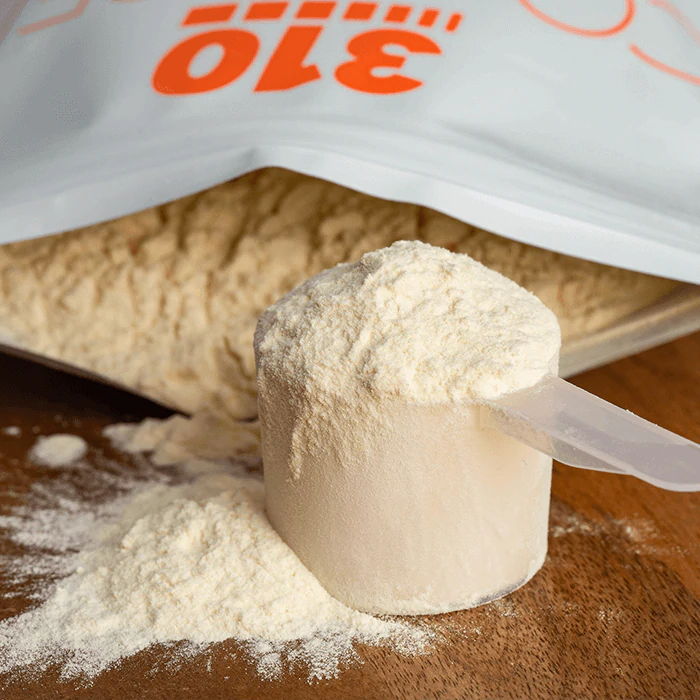Footwear may be one of the most important yet overlooked parts of your exercise program. No matter what your activity of choice is, proper foot support is key to keeping you moving. Finding that perfect fit for your feet may be a welcome relief, but it isn’t the end of your journey. Weeks and months of wear and tear can affect your shoes and eventually render them useless. Eventually you need to trade the trusty old pair for a new one – but how do you know when it’s gotten to that point?
How Long Do Shoes Usually Last?
There are a couple of factors involved here – quality and use. If you’ve purchased high quality, expensive running shoes and use them for 30 minutes of walking a few days a week, your shoes are likely to last you quite a while. If you bought lower quality footwear and use them constantly and aggressively, they won’t last very long at all.
If you’ve purchased high quality, expensive running shoes and use them for 30 minutes of walking a few days a week, your shoes are likely to last you quite a while.
What it comes down to is the shoe’s compression capability, or how well it absorbs shock. Eventually every shoe loses its capability to absorb shock. According to the National Strength and Conditioning Association, 50% of a shoe’s compression capability1 is lost within 300 to 500 miles worth of use. This is for a typical shoe though – weight and pronation are also important factors for some people.
How Does Your Workout Regimen Affect a Shoe’s Life?
The intensity of your exercise routine is a big factor in your shoe’s lifespan. Long-distance runners will need to replace their shoes more often than casual walkers. Weight lifters will benefit from a completely different type of shoe than runners. Those who over or under pronate will require shoes with particular arches.
The intensity of your exercise routine is a big factor in your shoe’s lifespan. Long-distance runners will need to replace their shoes more often than casual walkers.
Each different type of footwear and each different use affects how long a shoe will last. What it comes down to is fairly simple though. The more frequently and intensely you use your sneaks, the more often you will need to replace them.
Signs It’s Time for New Shoes
It’s actually pretty easy to tell. For one thing, when you’ve had your shoes for about 6 months, take a look at the mid-sole2 and see if it’s beginning to show horizontal creases, as if it can’t support the weight as well. It’s the heel and ball of the foot that absorb the most impact, so if those areas are showing sign of wear, it’s a good idea to get new shoes.
Take a look at the mid-sole2 and see if it’s beginning to show horizontal creases, as if it can’t support the weight as well.
Always Take Care
Regardless of how you get moving, your footwear is always going to matter. Exercise related injuries are very real and old sneakers can be responsible if you don't replace them. No matter how new your shoes are, if you're feeling any unusual pain, stop and check with your doctor.
Support your exercise routine with high protein, meal replacement shakes!
Sources:
- http://www.nsca.com/education/articles/six-essentials-to-safe-participation-personal-training/
- http://www.coolrunning.com/engine/2/running-shoe-guide-for-du-2.shtml















